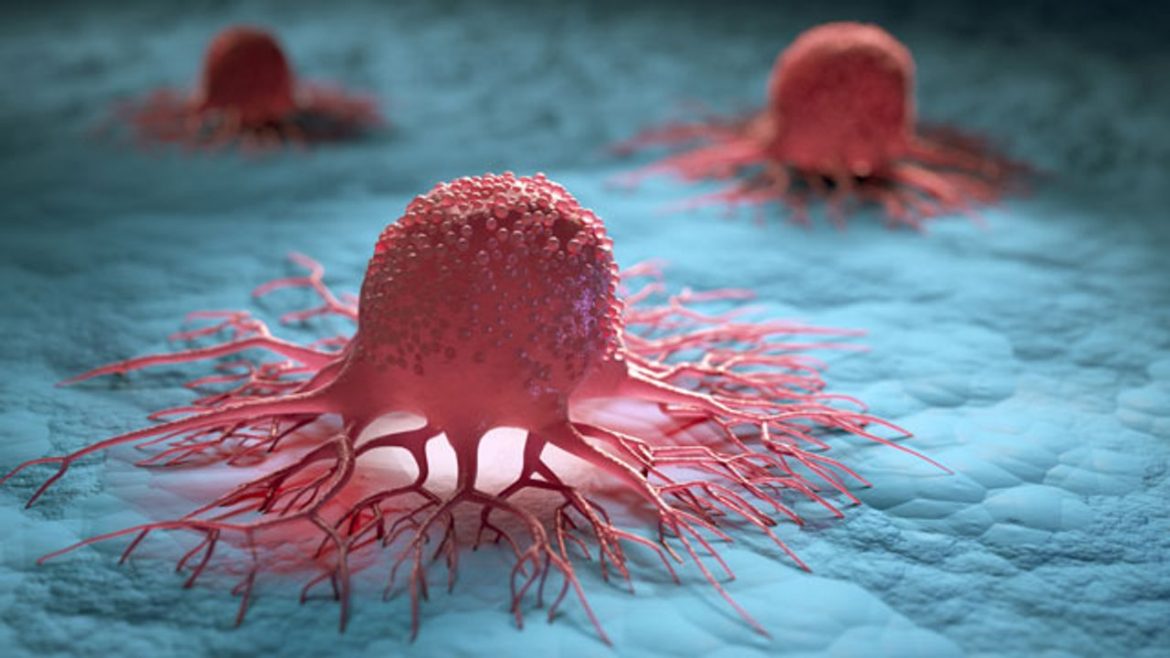In two clinical investigations, researchers from The Tisch Cancer Institute at the Icahn School of Medicine at Mount Sinai discovered that a new therapy that triggers the immune system to destroy bone marrow cancer cells was successful in as many as 73% of patients.
The medication, known as a “bispecific antibody,” attaches to both T cells and multiple myeloma cells and gives the T cells instructions to kill multiple myeloma cells. T cells are white blood cells that may be utilised to fight off infections. The researchers defined this strategy as “bringing your forces directly to the opponent.”
Even individuals whose malignancy was unresponsive to any of the licenced treatments for multiple myeloma were able to experience the benefits of the over-the-counter immunotherapy known as talquetamab. Unlike other authorised medicines, it targets the GPRC5D receptor, which is present on the surface of cancer cells.
Trials in phases 1 and 2 tested talquetamab. Two suggested dosages were determined by the phase 1 study, which was published in The New England Journal of Medicine (NEJM), and were put to the test in the phase 2 experiment. On Saturday, December 10, the findings of the Phase 2 study were presented at the annual conference of the American Society of Hematology.
Talquetamab may provide fresh hope for individuals with difficult-to-treat multiple myeloma because all research participants had previously undergone at least three different medications without experiencing a long-lasting remission.
“This means that almost three-quarters of these patients are looking at a new lease on life,” said Ajai Chari, MD, Director of Clinical Research in the Multiple Myeloma Program at The Tisch Cancer Institute and lead author of both studies. “Talquetamab induced a substantial response among patients with heavily pretreated, relapsed, or refractory multiple myeloma, the second-most-common blood cancer. It is the first bispecific agent targeting the protein GPRC5d in multiple myeloma patients.”
The majority of myeloma patients who receive conventional therapy frequently relapse. Additional medications are urgently required for patients who relapse or develop resistance to all current multiple myeloma therapy due to their dismal prognosis. Although it is an early-phase trial intended to assess tolerability and determine a safe dosage, this study is a crucial step towards addressing that need.
Between January 2018 and November 2021, 232 participants from various cancer sites across the world were enrolled in this Phase 1 clinical research.
Future trials will concentrate on dosages solely provided under the skin either weekly or every other week. Patients received a range of doses of the treatment either intravenously or injected under their skin.
The phase 2 trial presented at ASH corroborated the effectiveness and safety findings of the phase 1 investigation. In the phase 2 experiment, 145 individuals received a higher biweekly dosage whereas 143 patients received a weekly dose.
According to Dr. Chari, the combined response rate for these two groups was almost 73%. Except for individuals with a rare type of multiple myeloma that also affects organs and soft tissues, the response rate was maintained across all categories investigated.
Nearly 60% of patients in both groups had a “very excellent partial response” or better, and more than 30% had a full response (no detection of myeloma-specific markers) or better (indicating the cancer was substantially reduced but not necessarily down to zero).
In all dosage groups, the median response length to date was 9.3 months with weekly dosing, while the median time to a meaningful response was around 1.2 months. The length of response in the group receiving 0.8 mg/kg every other week as well as for patients in both dose groups who had a full response or better are still being studied. The majority of the time, side effects were minor and reasonably common.
The cytokine release syndrome, a cluster of symptoms including fever that is typical of immunotherapies, was seen by about three-quarters of patients. About half reported taste changes, approximately 60 percent reported skin-related adverse effects including redness, and about 50 percent reported nail problems. Very few patients (5–6%), according to the researchers, discontinued talquetamab medication due to adverse effects.
Talquetamab may be a viable option for patients whose myeloma has not responded to the majority of currently accessible therapies, giving them a chance to prolong their lives and take advantage of other novel and developing therapies as they are developed, according to Dr. Chari, who noted that the response rate observed in the study is higher than that for most currently accessible therapies. Janssen sponsored and provided funding for these studies.





